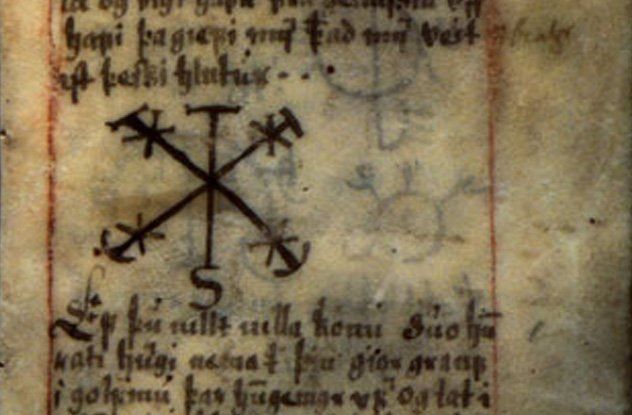
Vegvisir’s Meaning Explained – Various Uses of The Norse Viking CompassĪs the Vegvisir was also known as Norse/Viking compass, one can instantly deduce that it was used to denote direction and lend protection to travelers. However, there is a lot of doubt as to the legitimacy of this claim as Ásatrúarfélagið, the religious organization of Ásatrú people, was founded as recent as 1973 while the Vegvisir has been around for centuries. Ásatrú people are believers of ancient Germanic gods and spirits. On a side note, some suggest that the Viking compass was originally created by the Ásatrú (Ásatrúarfélagið). Although some of the materials in the Huld manuscript may have originated from the pre-Christian Norse era, the rest is thought to have been heavily influenced by magical practices from the southern parts of Europe, as well as Christianity.įurthermore, the fact that the Vegvisir was mentioned in the Huld manuscript alone is not enough to prove that the symbol was known to pre-Christian Nordic and Germanic people. The Huld manuscript was compiled in the 19th century, at least eight centuries after the Viking Age came to an end. “If this sign is carried, one will never lose one’s way in storms or bad weather, even when the way is not known.” In the manuscript, Vegvisir was described in only one sentence: Vegvisir was described and mentioned in the modern Icelandic collection of spells (grimoire), the Huld manuscript.

…the weather was cloudy and stormy ….the king looked around and did not see the blue sky… then the king took the vegvisir in his hands and saw where appeared on the stone….

This saga appears in manuscripts dated 1887 to 1888, and mentions Vegvisir as: The Vegvisir was also mentioned in one of the Icelandic sagas, The Saga of Hrana hrings (Hrana Saga Circle).


 0 kommentar(er)
0 kommentar(er)
